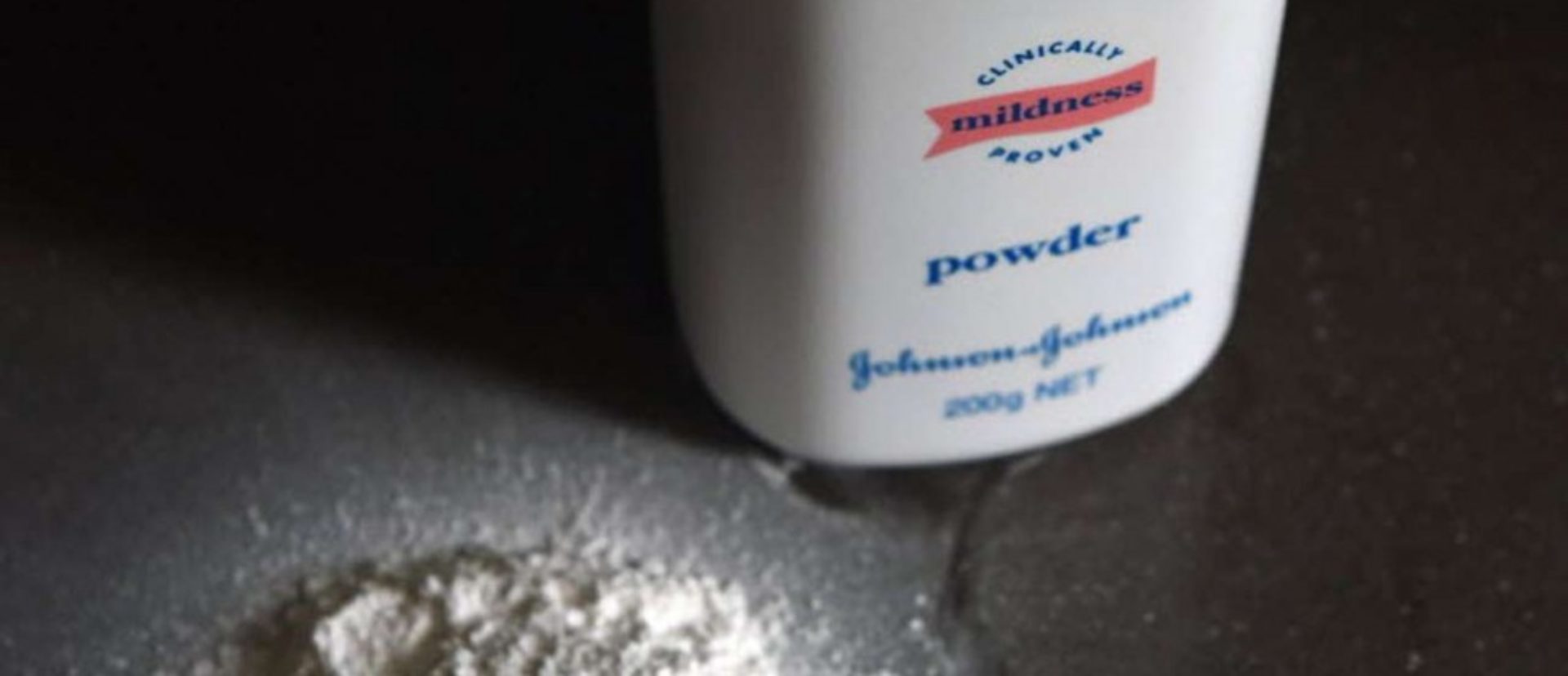Johnson & Johnson said it is weighing a third attempt to use bankruptcy for an $8.9 billion settlement of tens of thousands of lawsuits that allege tainted talc in the company’s baby powder caused cancer.
Erik Haas, J&J’s lawyer in charge of litigation, said during the company’s earnings call Tuesday that the world’s largest maker of health-care products is working with law firms representing “the vast majority” of talc victims to settle all current and future cases that could potentially cost J&J billions of dollars in damages if they go to jury trials.
“We’re pursuing a consensual resolution of the talc claims through another bankruptcy,” Haas said. He added that J&J also will continue to “vigorously defend itself” in talc cases that come to trial while it explores the bankruptcy option once again.
Courts have twice rejected J&J’s attempts to use the bankruptcy courts to force a talc settlement by setting up a trust to pay victims. Chapter 11 rules let corporations put money into trusts that decide how much claimants should be paid, instead of allowing juries to decide damages. Many J&J claimants have vocally opposed relying on a trust.
In July, a judge in New Jersey rejected J&J’s second bankruptcy attempt, in which the company sought to resolve at least 40,000 suits for about $8.9 billion. The judge said J&J didn’t meet the test for financial distress imposed by a federal appeals court. The company has vowed to appeal that ruling to the US Supreme Court. In the meantime, J&J faces at least at half dozen trials over the next six months in which talc users will ask jurors to find the company’s baby powder caused their cancers.
Clare Boyle, a J&J spokesperson, declined to comment further on the company’s plans.
Attorneys for some plaintiffs opposed the idea of a return to bankruptcy court.
“It’s unbelievable that J&J would even think about trying to once again use the bankruptcy courts to cram down an unfair settlement on talc victims after being told twice before they are misusing the Chapter 11 system,” Andy Birchfield, an Alabama-based lawyer who represents thousands of women suing over cancers they blame on baby powder use, said Tuesday in an interview. “We are not interested in allowing a wealthy corporation to try to force us into a paltry resolution of these cases.”
J&J’s lawyers already know they’ll be on thin ice trying to use bankruptcy courts again to deal with the company’s talc exposure, so the strategy is more about delaying trials, said Carl Tobias, a University of Richmond professor who teaches about mass-tort law.
“J&J could face court sanctions if they take this blatant step of defying the appellate courts and having a unit file for bankruptcy once again,” Tobias said. “It’s a head-scratching move.”
The first time J&J put a unit into bankruptcy to resolve the baby-powder suits, an appeals court ordered the case dismissed, finding the company didn’t face imminent financial distress. J&J is one of the most profitable companies in the world, with a credit rating higher than the US government.
“The first attempt was a creative gambit, at best,” said Elizabeth Burch, a University of Georgia professor who specializes in the law governing consolidated mass-tort cases. “The second attempt was ethically dubious. And a third attempt to use bankruptcy to rope in plaintiffs who don’t want to settle seems nothing short of bad faith.”
51,000 Lawsuits
J&J now faces at least 51,000 lawsuits claiming talc used in baby power and similar products caused cancer, which have been consolidated before a federal judge in New Jersey for pre-trial information exchanges. During its second bankruptcy, lawyers said the company may eventually face about 100,000 claims.
Consumers allege in those cases that J&J executives knew since the early 1970s its talc-based powders contained trace amounts of asbestos, but failed to alert consumers or regulators. J&J contends its talc-based products don’t cause cancer and the company has marketed baby powder appropriately for more than 100 years.
The New Brunswick, New Jersey-based company pulled its talc-based powders off the market in the US and Canada in 2020, citing slipping sales, and replaced talcum with a cornstarch-based version. J&J vowed to remove all its baby powders containing talcum powder worldwide by the end of this year.
Holly Froum and Negisa Balluku, Bloomberg Intelligence analysts, said last month that J&J may wind up paying as much as $10 billion to resolve its talc liability after the bankruptcy’s dismissal. Earlier this year, Chris Schott, a JPMorgan Chase & Co. analyst, estimated J&J’s total talc liability at $8 billion to $10 billion.
A poll of talc plaintiffs will be organized in the next six months to gauge potential support for a settlement, Haas said. Even if a third bankruptcy survived a challenge, the company would still need to win the backing of at least 75% of claimants to create a trust to settle cases. Lawyers for victims opposing the settlement say they have the votes to block J&J’s bankruptcy gambit.
10.18.2023, Bloomberg – J. Feely
